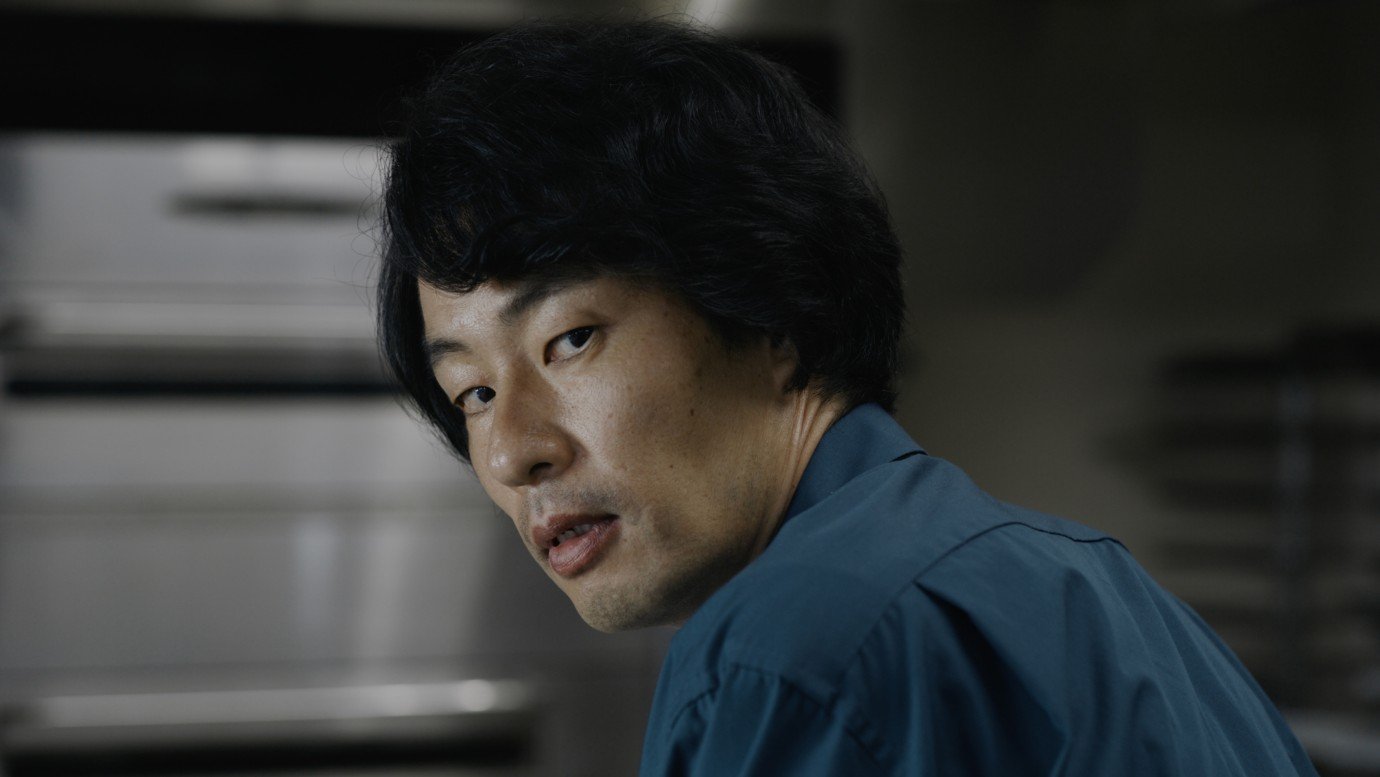Review: Nosferatu (2024)
The essential achievement of Robert Eggers’ remake of Nosferatu is that it breathes new life into an old tale. This isn’t some cheap conjurer’s reanimation, a lifeless corpse going through the motions to amuse audiences. Nor is it an arrogant revision, seeking to change the makeup and meaning of the tale in order to criticize or correct the original. Eggers’ remake does revise and reverse certain things, but it always respects the power and truth of the original tale and therefore manages to recover the effect of its elemental horror.
In the remarkable opening scene, bathed in moonlight that makes the film look black-and-white, a teenage girl prays in deep anguish, asking for solace, when a rumbling voice answers her from unseen depths offscreen. In the scene, which is just one of the many amazing moments in her mutable performance, Lily-Rose Depp’s Ellen Hutter will shift from fearful tears to orgastic pleasure to an epileptic seizure. The scene also introduces the film’s thematic probing of the nature of evil: do we invite evil from outside us, or awaken it within? Later on, such questions will be asked aloud by the characters.
Years later, Ellen’s new husband, the young clerk Thomas Hutter (Nicholas Hoult), is sent far away by his firm—headed by Herr Knock (a madcap Simon McBurney)—to finalize a foreign purchase of real estate in their German port city of Wisborg. The purchaser is the eccentric count Orlok (played by modern-day horror maestro, Bill Skarsgärd) who lives in the Carpathian Mountains in Transylvania. Hutter will journey there by horse, through woods and over mountains, and eventually by carriage, and I’m happy to say we do see what is perhaps the most glorious Gothic image of a carriage arriving at a haunted castle under a full moon ever put on film. Most of us already know what happens at the castle, and indeed, who eventually comes back to Wisborg.
The familiar tale was first told on film over a hundred years ago, with F. W. Murnau’s 1922 masterpiece of German Expressionism, Nosferatu: A Symphony of Horror (which we commemorated in 2022), which was in turn based (without legal permission) on the 1897 English novel, Dracula, by Bram Stoker. Eggers also seems to borrow from Werner Herzog’s 1979 remake, Nosferatu the Vampyre, while much of the love/obsession plot seems lifted from Francis Ford Copolla’s 1992 Gothic extravaganza, Bram Stoker’s Dracula. And, of course, vampire folktales have haunted the European mind, and those of other cultures, for centuries, probably even millennia.
From the haunting opening scene that uncomfortably associates depression with possession and erotic ecstasy with existential terror, to the complex linkages later suggested between desire and consummation, on the one hand, and consumption and annihilation, on the other, to the strangely beautiful yet horrific final image, Robert Eggers’ Nosferatu makes us see the vampire story, from its ancient folklore to its satanic covenants to its confrontations with modernity, in a new way.
The intent to alter our perspective on the familiar is maintained, in part, through Eggers’ impeccable, restrained camera, working again with cinematographer Jarin Blaschke. Eggers likes to fully rotate the camera in certain scenes, to show, in a mannered way, what’s going on on the other side of the frame. At one point, Hutter rides forth from his model-like German city towards the camera; then the camera seems to turn around to reveal a picturesque German plain, with little windmills, in the opposite direction. The same approach is used to great suspense in certain horror scenes, many of which generate great apprehension. Eggers also likes to have characters stand in the middle of the frame and look straight at the camera while speaking, a technique used famously in Jonathan Demme’s The Silence of the Lambs (1991) to bring the audience into the psychological viewpoints and conversations of the main characters. Eggers does the same here, making some of the strange dialogue even more arresting.
Nosferatu displays Eggers’ knowledge of not just cinematic history but also of the folklore from real life that surrounds his horror subjects, which is one big way that Eggers sets this film, and his others, apart from other works of modern horror. I’ve often complained that a lot of horror movies are fairly stupid about their subjects. In contrast, Eggers respects and understands the beliefs of the worlds his films represent. As Anders wrote in his 2022 review of The Northman: “there’s no condescension to the characters in a Robert Eggers’ film.” Eggers takes the worldviews of his historical subjects at face value, never looking down on them, which is extremely rare in Hollywood today.
Eggers’ approach allows Nosferatu to engage with questions of the nature of evil and its relations to modernity and scientism. Thematically, the film inverts aspects of Bram Stoker’s dichotomies. Whereas Stoker’s heroes utilize the feats of modern technology, such as the train or the phonograph, to defeat the ancient evil from the east, here modernity and scientism (a superstitious reverence for science) are critiqued more than ancient rituals. Count Orlok even exploits the modern minds of his prey, particularly their refusal to believe evil exists—much like the demon, Screwtape, in C. S. Lewis’s spiritual satire, The Screwtape Letters (1942). At the same time, Nosferatu is not a lecture. It raises some big questions about whether we can even call it evil if an appetite, even one as terrible and strong as the desire to kill and destroy life, is in some way natural to us. In this way, the film also engages in a dialogue with the naturalism of Murnau’s vision of vampirism. (I argued in a previous essay that, in Murnau’s version, “the vampire is presented to the audience as a natural phenomenon, a predatory force.”) Eggers’ Nosferatu is just as much a thematic engagement with its cinematic predecessors as it is a stylistic one.
As always, Eggers’ mise-en-scène is impeccable, although the influence of Murnau’s expressionism means that some things are less realistic than in The Witch (2015), more recalling the fantastical/mythical elements that intrude into, briefly, The Lighthouse (2019) and, more frequently, The Northman (2022). I for one loved the play with Murnau’s shadow of the vampire, and the shot of the giant shadow of the Count’s hand extending over the city.
All the credit doesn’t belong to Eggers and his cinematographer and set designers, however. Depp’s performance is exceptional. However, while her visible facial contortions are easy to praise, Skarsgärd also deserves credit for not being swallowed up and rendered lifeless by all the makeup and costuming. The voice Skarsgärd and the sound team created for Orlok is one to remember. The supporting cast is also good across the board. Nicholas Hoult is, like Keanu Reeves before him, convincingly guileless and naive, selling the young clerk who will actually go into such a castle as the count’s to do his job. Willem Dafoe is enjoyable as Professor Albin Eberhart Von Franz, the Van Helsing figure.
The narrative’s pace and development is really my only point of concern. Eggers’ tendency towards careful construction does sometimes rob his films of feelings of organic narrative tempo. The Northman, for example, arrives at its fated ending with little surprise, which is thematically the point but also somewhat a letdown upon first viewing. In Nosferatu, the narrative never feels like it might go any direction the characters take it, and it feels doubly so because this is a faithful remake of a canonical film. Things often feel inevitable, ending where they must. Will Eggers become trapped in this approach to narrative going forward? That is yet to see.
For now, I’m happy to admire this as the best kind of remake: one that reveals intriguing facets in the story and says something new, while also making us appreciate the original even more. Thank you, Mr. Eggers, for this macabre Christmas gift to film and horror at the end of a fairly mediocre year at the cinema.
9 out of 10
Nosferatu (2024, USA/Czech Republic)
Directed by Robert Eggers; screenplay by Robert Eggers, based on the screenplay by Henrik Galeen and on the novel by Bram Stoker; starring Bill Skarsgärd, Nicholas Hoult, Lily-Rose Depp, Aaron Taylor-Johnson, Emma Corrin, Simon McBurney, and Willem Dafoe.



Clint Bentley’s Train Dreams evokes Terrence Malick in style and setting, but is more similar to Bentley and Greg Kwedar’s Sing Sing in terms of approach to character and conflict.